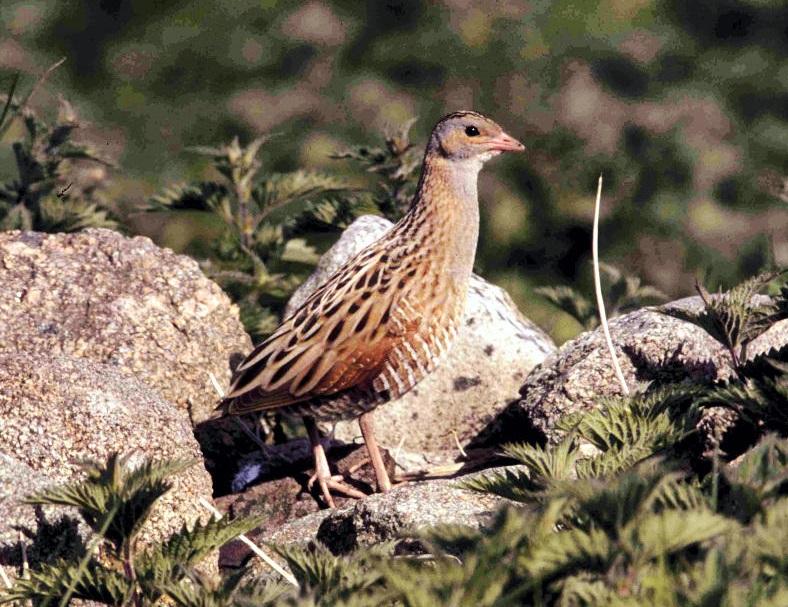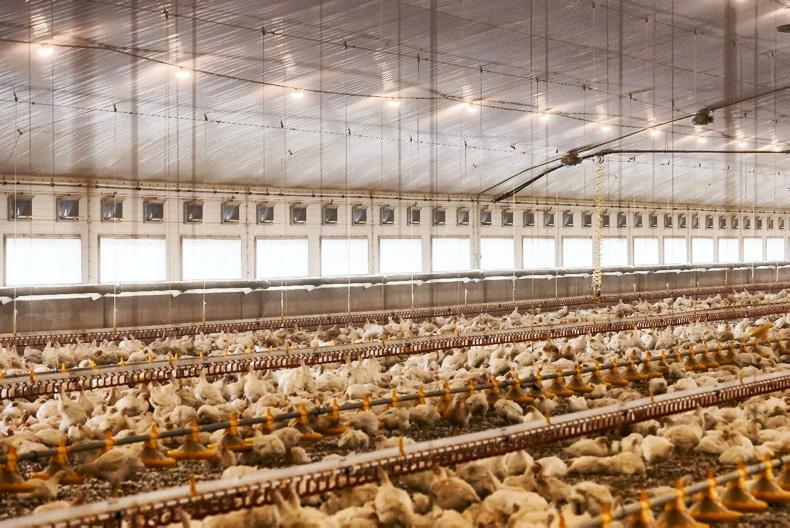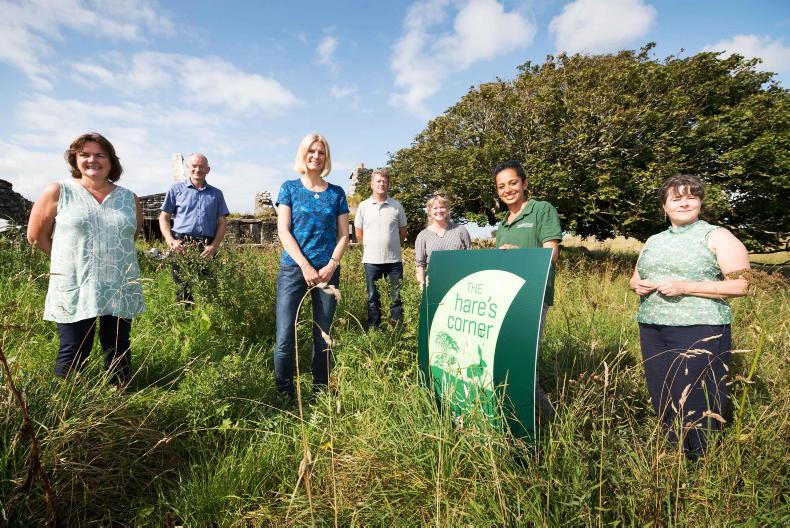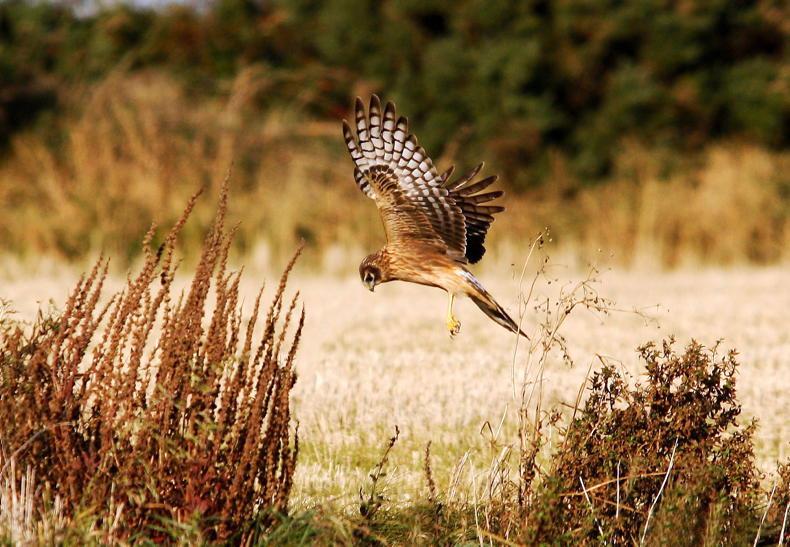There has been a further decline in corncrake numbers recorded during the 2017 breeding season, according to a National Parks and Wildlife Service (NPWS) cited by nature conservation group Birdwatch Ireland.
In the past three years, the number of breeding pairs has dropped dramatically from 230 in 2014 to 140 in 2017, and this trend looks set to continue for the coming year given the current climatic conditions, according to Dr Anita Donaghy of Birdwatch.
“Several factors can influence the number of corncrakes recorded in a given year, such as a cold wet spring leading to birds not calling as frequently," she said.
"In this respect, it is important to examine the longer-term trend. Given that this is the third year in a row in which the population has declined, both nationally and in Donegal, one of the key strongholds, there is definitely cause for concern.”
Corncrakes traditionally arrive in Ireland in late spring, having spent the winter in Africa. They typically make their distinctive call from the cover of long vegetation during hours of darkness in May and June.
Mowing dates
Conservative estimates put the population at the beginning of the 20th century in the tens of thousands. However, this fell to an estimated 4,000 by the 1960s and as low as 129 in 1994.
The decline in corncrakes corresponds with the replacement of traditional farming systems by modern agricultural methods, such as farmers reverting from hay to silage. The earlier mowing date of silage reduces the length of their breeding season, which prevents corncrakes from successfully rearing young in the meadows, environmentalists say.
Despite actions in schemes such as GLAS dedicated to the protection of corncrake nesting sites, the latest reduction the bird's population shows that more targeted measures are needed, according to Dr Donaghy. “These figures clearly show that the Irish Government needs to maintain and increase its efforts to save this, one of Ireland’s most loved yet most endangered farmland birds," she said.
Read more
Meet the farmer paid to sow a crop of nettles
There has been a further decline in corncrake numbers recorded during the 2017 breeding season, according to a National Parks and Wildlife Service (NPWS) cited by nature conservation group Birdwatch Ireland.
In the past three years, the number of breeding pairs has dropped dramatically from 230 in 2014 to 140 in 2017, and this trend looks set to continue for the coming year given the current climatic conditions, according to Dr Anita Donaghy of Birdwatch.
“Several factors can influence the number of corncrakes recorded in a given year, such as a cold wet spring leading to birds not calling as frequently," she said.
"In this respect, it is important to examine the longer-term trend. Given that this is the third year in a row in which the population has declined, both nationally and in Donegal, one of the key strongholds, there is definitely cause for concern.”
Corncrakes traditionally arrive in Ireland in late spring, having spent the winter in Africa. They typically make their distinctive call from the cover of long vegetation during hours of darkness in May and June.
Mowing dates
Conservative estimates put the population at the beginning of the 20th century in the tens of thousands. However, this fell to an estimated 4,000 by the 1960s and as low as 129 in 1994.
The decline in corncrakes corresponds with the replacement of traditional farming systems by modern agricultural methods, such as farmers reverting from hay to silage. The earlier mowing date of silage reduces the length of their breeding season, which prevents corncrakes from successfully rearing young in the meadows, environmentalists say.
Despite actions in schemes such as GLAS dedicated to the protection of corncrake nesting sites, the latest reduction the bird's population shows that more targeted measures are needed, according to Dr Donaghy. “These figures clearly show that the Irish Government needs to maintain and increase its efforts to save this, one of Ireland’s most loved yet most endangered farmland birds," she said.
Read more
Meet the farmer paid to sow a crop of nettles










SHARING OPTIONS